Affordable Practice With The CMP Daisy 853 Air Rifle

The Civilian Marksmanship Program offers screaming deals on used, refurbished Daisy 853 competition air rifles. They are only $140 shipped! So I decided to pick one up for positional shooting practice in my basement during the highpower rifle winter off-season. Is this a worthwhile purchase for you too? Maybe, maybe not. Hopefully, this review will help you sort that out.
Competition Shooting @ TFB:
- TFB Review: Nightforce 4.5x Competition Service Rifle Scope
- POTD: Izhevsk Mechanical Plant - New MP-439 Competition Pistol
- What to Bring to Your First Competition
- Getting Started in CMP Service Rifle Competition
- A Beginner Tries NRL Hunter, Part 2: Match Day 1
An Idea Is Formed
My own history with precision air rifles started early. One of the most formative parts of my journey as a shooter was shooting 10-meter, 3-position air rifle competitions in high school. That built a very solid foundation of skills like building a position, working with natural point of aim, and mental focus.
These days, my competitive shooting is primarily in the highpower realm, particularly with service rifles. While I enjoy the pure marksmanship of 10m air rifle, the added elements like varied distances, wind reading, and rapid fire stages make highpower a game that holds my attention.
I started out shooting just matches and not really practicing much, if at all, between matches. But as my skills have improved, I have been increasingly focused on practice. Dry firing should be a part of every shooter’s training regimen. But let’s face it: sometimes it gets boring. During the long winter off-season from local highpower matches, I find it difficult to dry fire as much as I should. Punching holes in a target is simply more interesting.
I looked at getting a dry fire trainer like a Mantis Blackbeard-X, but the system is not really optimized to practice the stages I want to practice. Another option is a SCATT laser trainer, but those are very expensive and I doubt I would use it enough (or at a high enough skill level) to justify the price. But then I remembered how much I learned and grew as a shooter with a competition air rifle, and I started looking at options and setting up a shooting area in my basement.
As I started to shop around for options, there were not many air rifles that fit my use case. Anschutz and Feinwerkbau make incredible air guns capable of bringing home the Olympic gold medal, but the price point reflects that. Even a more budget-oriented competition models like a Crosman Challenger came in above my price point, and would require a scuba tank to refill the pressurized air.
That left single-pump pneumatics, namely the Daisy Avanti 753S. Those retail for about $300, and I was about to buy one from a retailer when I found refurbished models available through the CMP. These guns had been used, presumably in high school marksmanship programs, and refurbished. For $125 plus $15 shipping, I decided to give it a go.
Ordering Process
Ordering one of these Daisy air rifles is much easier than getting a CMP Garand (although recent updates to that system have made Garand orders simpler). You simply fill out the order form and send it back to the CMP via mail or email. I sent in my order on a Wednesday night after they had closed. I had a confirmation email on Thursday morning, and the rifle arrived on Tuesday morning. It was shipped FedEx overnight in a foam-lined cardboard box. That's quite the shipping and handling experience for only $15!
Setup
The rear sight was delivered uninstalled, but it was as easy as tightening the 3/32” crossbolts around the dovetail to get it set. It came coated in ample oil for protection. There was so much oil that it clogged the rear sight aperture, which had to be cleaned out with a needle before it was usable. A small envelope contained five additional front sight inserts interchangeable with the one that came installed.
A simple nylon loop sling comes with the Daisy 853. It mounts to a hole in the cocking lever at the front of the handguard. The mounting hole is the same diameter as a standard sling stud. I used a 1.25” sling loop to attach the slings used for service rifle competition, the GI web sling, or the 1907 leather sling.
Modifications
After a few practice shots, there were two main areas I wanted to address with the gun: the short length of pull and the light weight of the gun. Neither of those issues is very surprising given that these air rifles were primarily meant for use by junior shooters. I added about a pound of lead to the stock and that improved the feel greatly. This was as simple as removing the buttplate and packing some lead weights into the hollow area inside the stock.
Changing the length of pull was a little more involved. There are some .stl files online for stock spacers, and I printed some out to give it a try. The fitment was not perfect, but it did extend the buttplate out to a more suitable length. Good enough. This is a practice tool, not a showpiece, and I do not care how it looks so long as it works. There are purportedly spacers available for purchase from Daisy but I have not verified that nor ordered any.
The trigger pull is just over four pounds, with a little creep and flex. The flex of the plastic trigger is the main point of concern. There is a very comprehensive online guide to adjusting the trigger, but that is not a job that interests me. The rules for service rifles mandate a 4.5-pound minimum pull weight trigger, and I want this practice to be with a trigger more akin to that than an Olympic target rifle. The weight is not too bad, but the flexing is annoying. With some practice, I got used to it. There are reports on forums of metal replacement triggers, but I have not tried that kind of part change yet.
Accuracy Testing
I wanted to set a baseline for what kind of accuracy the Daisy 853 would produce. The whole point of this project was improving my skills, and without knowing what the gun could do, I would never know what was attributable to my failings or not. I bought a few tins of cheap .177 pellets that were available locally to see what worked best.
I used my Garmin Xero C1 chronograph to check the velocity consistency. Wadcutter pellets from Stoeger and Daisy both performed well enough for my use, while the pellets from Gamo were noticeably worse. 5 shots with Daisy pellets from a sling-supported prone position consistently resulted in one small hole. I have not bought any competition-grade pellets yet, but I have no doubt the performance would be excellent with those.
In Practice
The goal for this airgun was to shoot in my basement on cold and snowy winter nights. But shooting inside necessitates a way to trap the pellets lest they punch holes in the wall. I made a backstop out of a plastic tote container full of rubber mulch. A redneck solution, to be sure, but it works! A piece of corrugated plastic is the target backer, and that keeps the mulch inside the tote while letting pellets pass through.
Sling-supported sitting and prone positions put a decent amount of strain on the sling mounting point. That mount point is attached to the underlever cocking arm below the barrel. Most rifles show point of impact shift with sling tension, and the Daisy 853 is no exception. The POI shifted about 2 scoring rings down with sling tension compared to the unslung point of impact. But a simple sight adjustment between positions fixes that POI shift.
Practice sessions with the Daisy 853 were both simple and fun, so I actually made time for it (unlike dry firing). Frequent opportunities to shoot for a few minutes help keep skills sharp. And when it only takes walking downstairs to hit the range, that is much easier to make time for. Between a family, career, and writing for TFB, practice time is in short supply. But when a half hour happens to be available the Daisy 853 gives me a way to take full use of it.
Results & Conclusion
When highpower season rolled around again, I hit the ground running. I put up new personal bests in several positions, and the highlight of my season was earning some more points towards becoming a Distinguished Rifleman. In seasons past, it took a few matches before I felt like I was back at 100%. This year started out that way.
From a cost/benefit perspective, this has been an exceptionally successful approach to practice. For only $140 plus the cost of a backstop and some cheap pellets, this was well worth it. It still is not as good as the real thing. But when the range is inaccessible due to snow this is the next best thing.
If you are trying to build marksmanship fundamentals, this is a good buy. It's also a great training tool for youth shooters who want to build repetitions on a budget. Pick one up. You'll get better at shooting.

AKA @fromtheguncounter on Instagram. Gun nerd, reloader, attorney, and mediocre hunter.
More by Daniel Y
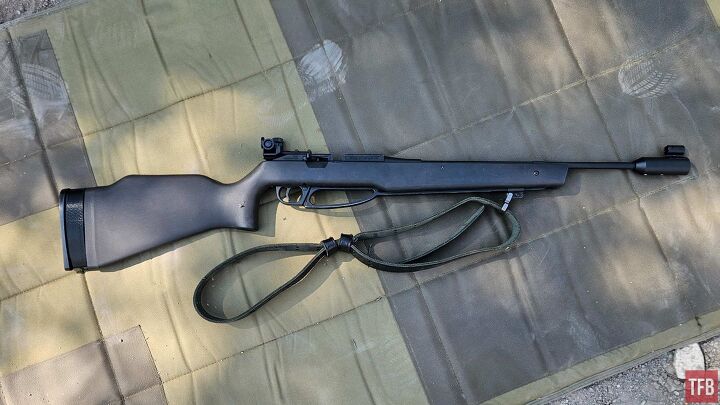



















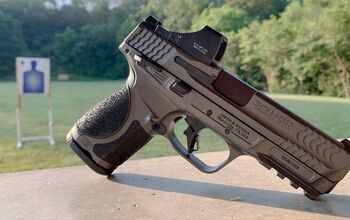
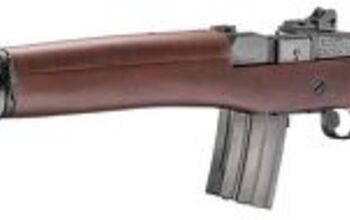
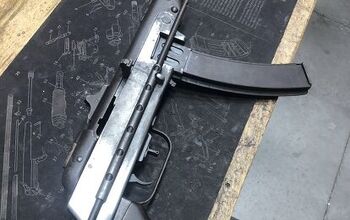

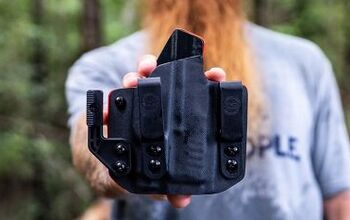
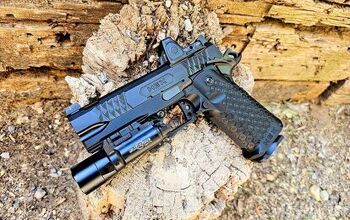


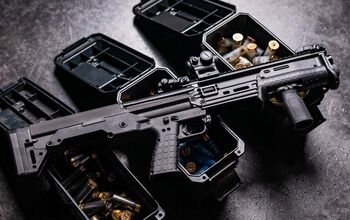
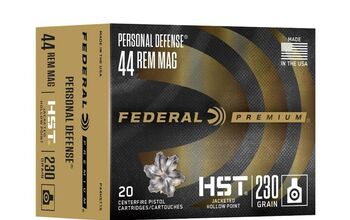

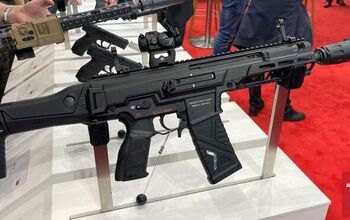

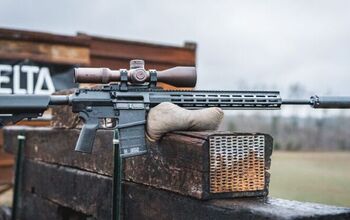
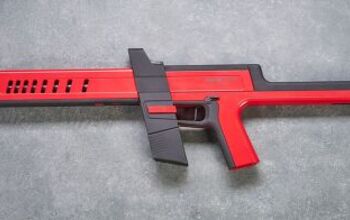
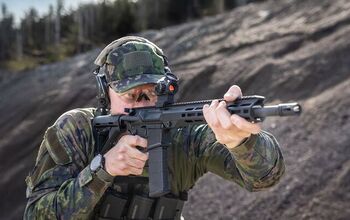
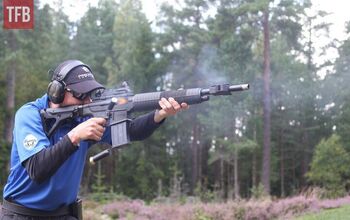
![Thicc-Boi-12 Double Barrel Silencer + Gyro Brake [GunCon 2025]](https://cdn-fastly.thefirearmblog.com/media/2025/07/02/16231/post.jpg?size=350x220)
Comments
Join the conversation
There are now affordable airgun compressors on the market perfect for filling a Crosman Challenger. And while not as accurate, a Crosman M4-177 is great for practice.